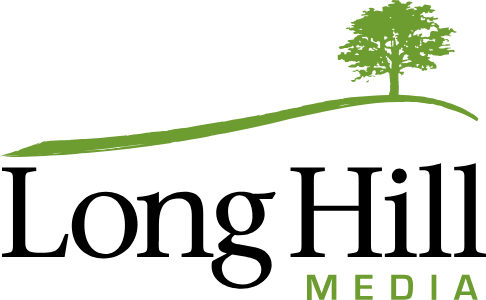Digital editions have been part of the product mix and distribution strategy for magazines for 20 years, but there’s a persistent disconnect in the conversation about them. On the one hand, companies view them as useful mostly for reducing costs and propping up audited circulation. They’re an old format, like record albums, some publishers say. People now want individual songs, not albums.
On the other hand, these observations usually come from people who still retain print products, and who say their problem is getting people to engage with their digital content.
Anyone who believes that the print-magazine layout remains valuable for navigation, for context, for signaling the relative weight of stories, for delivering a tranche of content with a common purpose and time relevance, also needs to acknowledge that a website does none of those things well. If they want those elements, plus digital access, then something else is needed.
And that’s where a redefinition of the concept of a magazine—and of a digital edition—is instructive. Some time ago, the well-known (and revered) observer of all things magazines, Bo Sacks, developed a definition of a magazine that pointedly doesn’t include being in print. Bo said a magazine is:
- A collection of thematically linked stories.
- Curated.
- Finite.
- Designed.
- An experience, not a commodity.
- Collaborative.
- Periodical.
- Shareable.
More recently, Advontemedia President David Blankenship updated that definition. A magazine, David wrote, is “a periodic compilation of sequenced relative materials and edited content published in a designed format.”

There’s nothing online that really fits either definition. A website is a news-delivery and marketing vehicle, with very little attention given to the kinds of design that make magazines so effective.
Indeed, Blankenship says, a digital magazine ought to serve as an “anchor publication” for a media brand—online and/or off, as the publisher’s business model requires.
So a digital magazine isn’t a flipbook or a cumbersome PDF with a confusing menu of tools. It does have a logical linear navigational view or flow-based UX, including contents or visual navigation. It’s capable of user interaction and social-media sharing.
Add in advertising in context that engages and doesn’t repel, content syndication, cross-device functionality and interaction, and direct connection to other brand products, and you start solving the reader-engagement challenge that many publishers lament.
Importantly, this process has to start with a strategy that says publications’ websites should be connected but still distinct from the main product, the “anchor” or “master” publication—the digital magazine. The digital edition would exist in a sub domain separated from the main site’s clutter. And if a digital magazine truly stands out from all other products, then engagement levels can be doubled or better.

